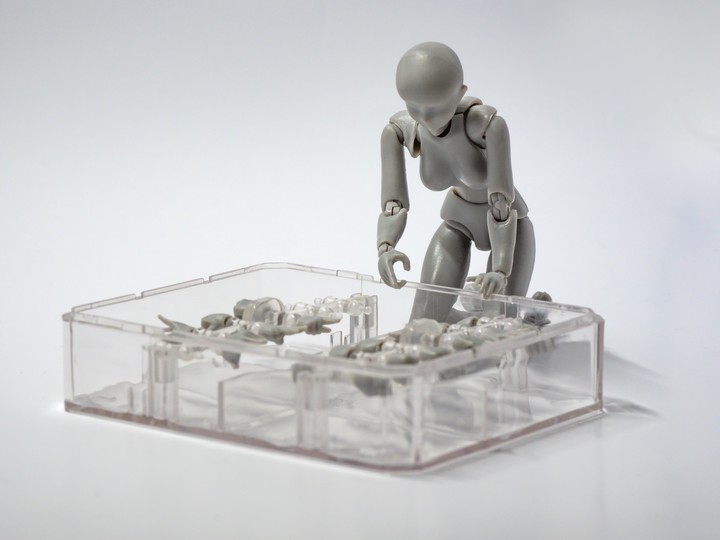Choosing a Production Joint Venture Partner
 Image credit:
unsplash
Image credit:
unsplash
Abstract
We study how a firm inside or outside an industry selects a partner among asymmetric firms to form a production joint venture (PJV), in which technology transfer takes place. We show that the partner selected under a two-part tariff contractis always (weakly) more efficient than the one selected under a first-price auction. Comparing these two schemes, we find that a two-part tariff contract can be superior for the most efficient incumbent firm or for an outside innovator, while a first-price auction is always superior for the least efficient incumbent firm. Moreover, in terms of consumer surplus and welfare, two-part tariff contract is always (weakly) superior.
Type
Publication
Journal of Institutional and Theoretical Economics, 176(4), 2020, 665-685.
Supplementary notes can be added here, including
code and math.